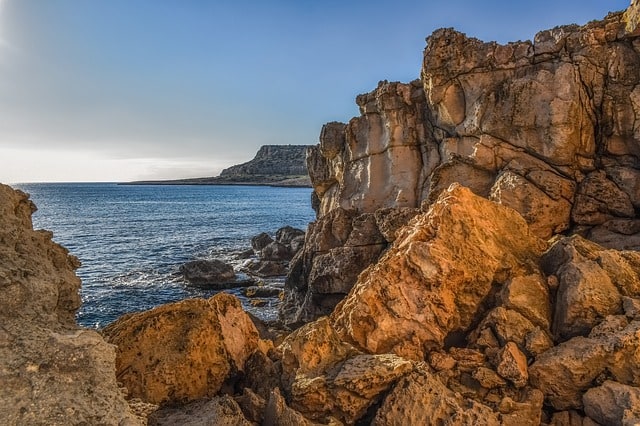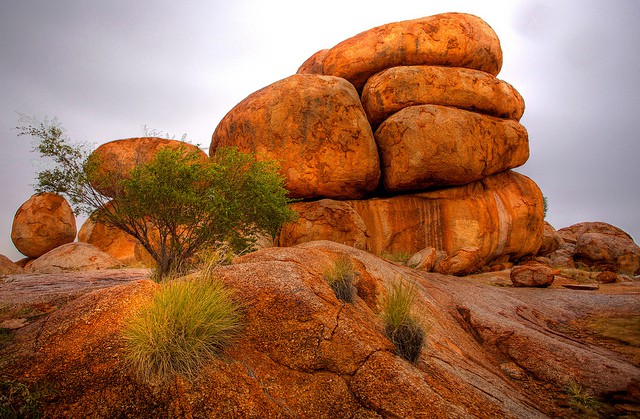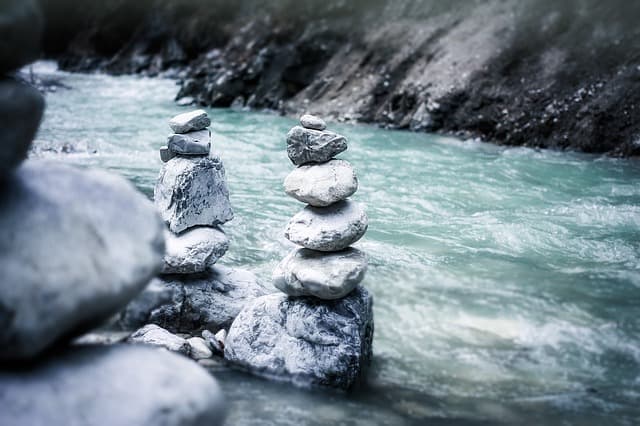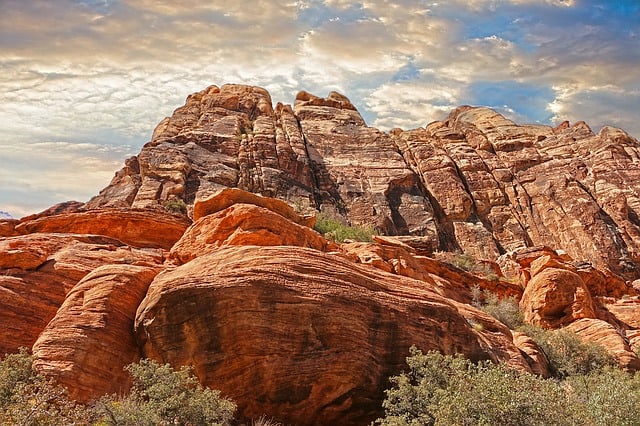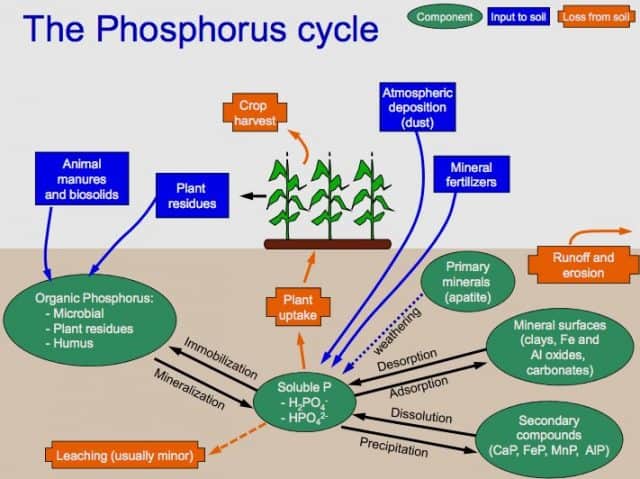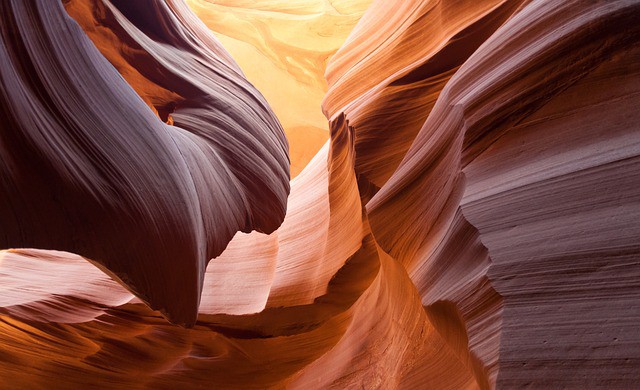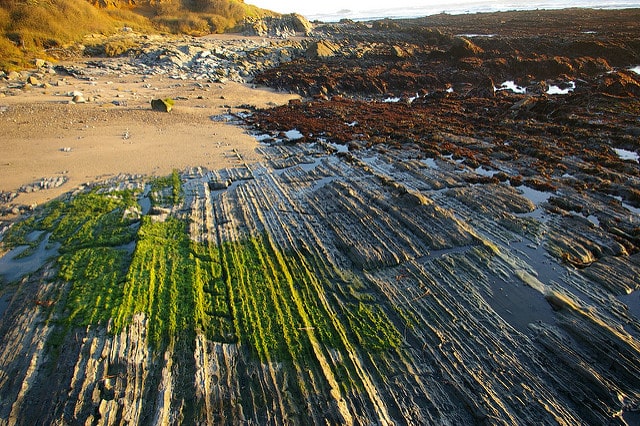What is Erosion? Process and Examples of Erosion? Difference Between Weathering and Erosion
By the geological procedure, erosion happens. All the natural forces contribute to this happening. All the earthen materials shift itself from one place to another, and the forces like water and wind assist in it. Exogenous developments remove rocks and soil from the outer layer of the soil and then transfer it to another location…

